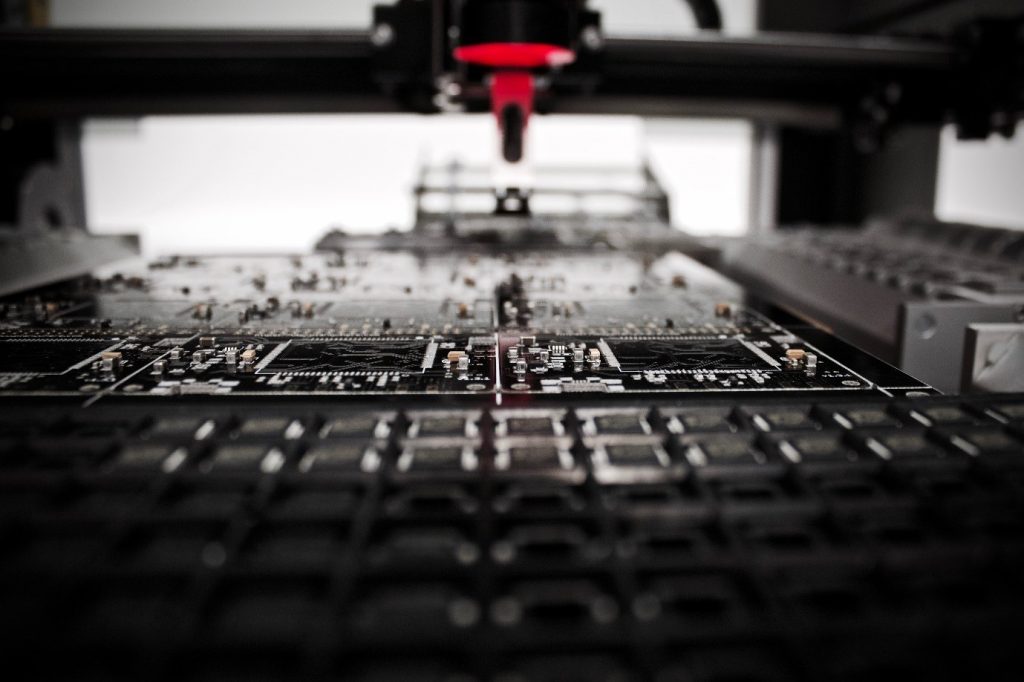Manufacturers across the globe are adopting Smart Manufacturing to increase the efficiencies. For a very long time since the emergence of the terms “Smart Manufacturing” and “Industry 4.0”, manufactures are constantly advised to explore digital transformation in their facilities. Despite the continuous bombardment and luring the manufacturers with the benefits and value propositions of digitization, manufacturing industry was hesitant to go digital mainly because of the costs.
Digitization provides an integrated system which enables prompt decision making by using real time information collected from various components. But besides number of proposed value additions and benefits of the system, digitization initiatives were propelled by the three important stakeholders which directly add value to the Manufacturing ecosystem.
Vendors and Suppliers
Manufacturing has always been dependent on the raw materials and their suppliers. It is one of the key link of this value chain which determines the end result of this processes i.e. product.
In order to control the quality and price of the final output, manufactures are trying to include these stakeholder in the process as most of these used to work independently rather than working together as a part of this whole system. Including suppliers in the integrated system has added value :
| Transparency | Helps improve the transparency between various functions of the value chain – Sourcing, Sales and Distribution, After sales etc. |
| Procurement | Being part of the connected system, manufactures can communicate effectively with the suppliers, vendors and partners for 1. Effective production planning 2. Mitigating the risks of price fluctuations 3. Support mutually beneficial growth plans |
Employees
Digitization helps employees to connect with the system and helps management get the bird’s eye view on the allocation of the resources and manage them more effectively. As employee expenses account for large part of overall expenses, efficient management of the resources directly improves the operational margins. Digitization also helps manufactures to attract and retain younger tech savvy resources who otherwise prefers to work with established organizations. It also helps to improve the skills of the existing resources while boosting their engagement and ownership of tasks. Including human resources in the system expedites –
| Human Resource Utilization | Maximizes the resource utilization with more control on the resource allocation on various manufacturing processes |
| Connected Processes | Removes the barriers of information sharing and increases interdepartmental coordination |
Customers
Meeting the rising customer expectation is one of the major challenge faced by the manufacturers. Predicting the customer needs and providing them with futuristic products is a way to retain the existing customers while attracting newer ones. Customers also give utmost importance to the quality of the products they use, digitization helps in facilitating innovation and controlling the quality of the products ultimately to enhance customer satisfaction levels.
Summary
Digitization in Manufacturing provides the opportunity to collaborate seamlessly with the critical forces in the value chain i.e. customers, employees and Vendors to provide the better products while boosting the efficiency of the manufacturing plants. The scope of the system can be extended to include the stakeholders that used to operate distantly facilitating comprehensive visibility and control over the system.
